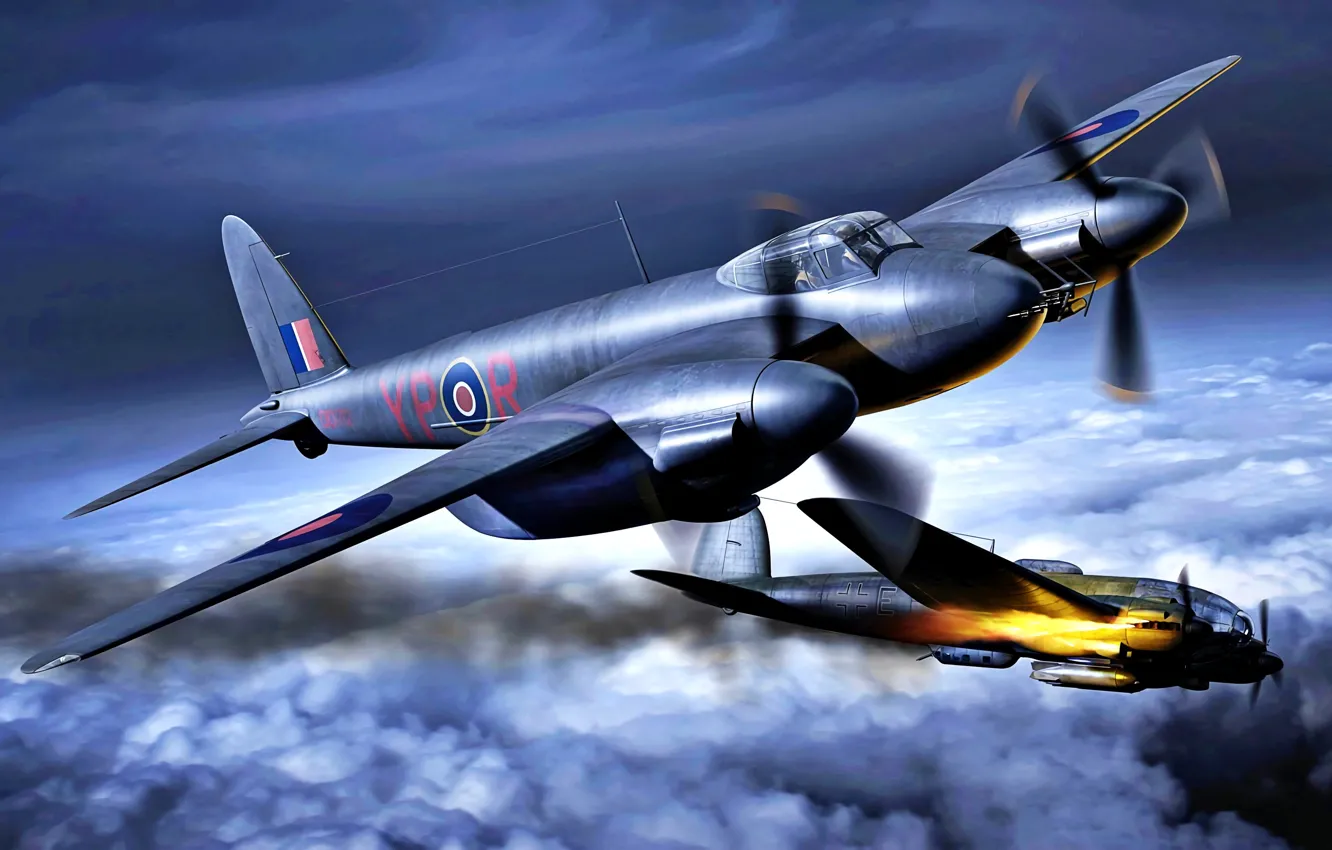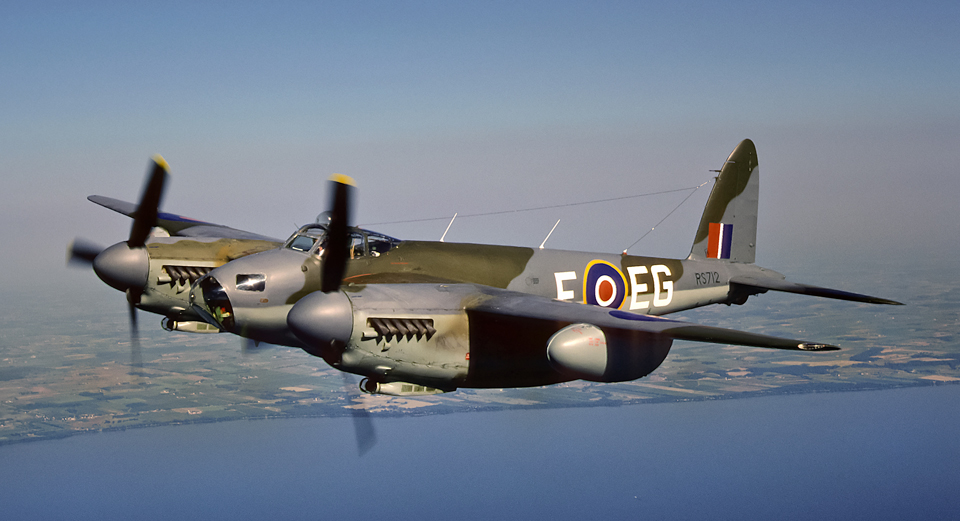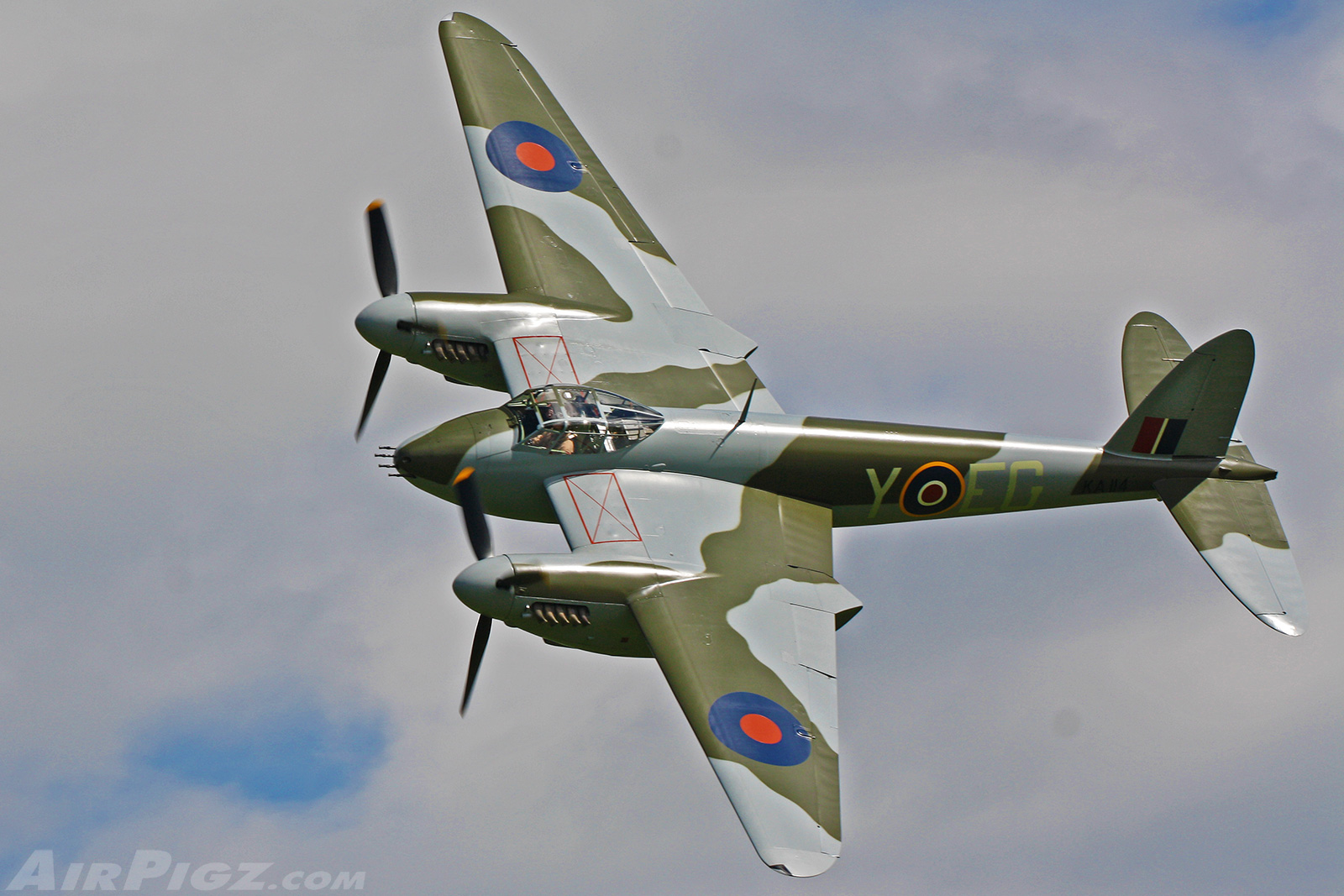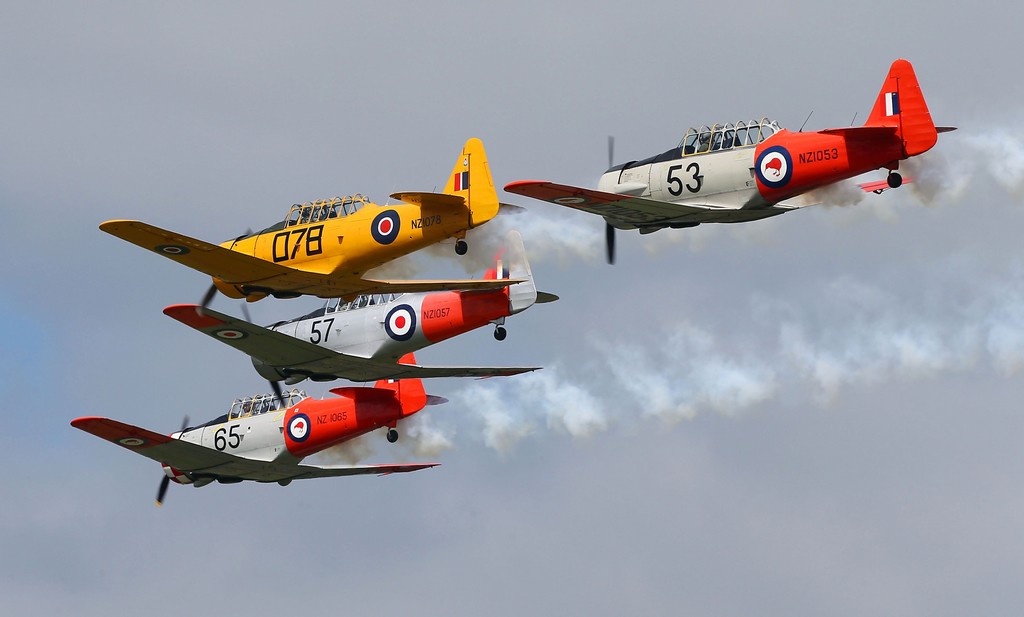
Stuka — De Havilland Mosquito De havilland mosquito, Aircraft, De

First flight: November 15th, 1940 Official introduction: November 15th, 1941 Retired: May 1963 Since there are many variants of the Mosquito, we'll provide the specifications for the most common,.
Mosquito Aircraft, Wwii fighter planes, De havilland mosquito

Highly revered RAF pilots flew in Mosquitos for most of their kills. The Mosquitos were retired in 1963. Three Mosquitos are still operational out of the 33 still in existence. Nicknamed "The Wooden Wonder," the de Havilland Mosquito was a WWII front-line aircraft built almost entirely of wood. Very few aircraft were designed.
de Havilland Jet Mosquito Photos, History, Specification

The de Havilland Mosquito is a British two-engine multi-role combat aircraft used by the Royal Air Force and other Allied air forces during World War II. Of the 7,781 aircraft built, 30 survive today, four of which are airworthy. Eight aircraft are currently [when?] under restoration. Surviving aircraft Surviving aircraft by manufacturer
Mosquito 2010 Aircraft Photos, Wwii Aircraft, Fighter Aircraft, Fighter

De Havilland DH 98 Mosquito. The famous British Mosquito - known to many as "Mossie" - was a versatile aircraft used extensively during World War II. Constructed primarily of plywood with a balsa wood core, it had excellent speed, altitude and range. First flown on November 25, 1940, the Mosquito entered production in mid-1941 and was.
World War II Bombers in Photographs
:max_bytes(150000):strip_icc()/mosquito-ka114---a-beautiful-restoration-178209119-5ab96863ff1b780036c0a4d6.jpg)
Almost 7,800 Mosquitos were built around the world and the aircraft filled a variety of roles from fighter-bomber, bomber, night fighter and maritime strike to photo reconnaissance. The FB Mk 26 variant was a purpose built strike aircraft that was heavily armed, with 4x 20mm Hispano cannons and 4x .303 Browning machine guns mounted in the nose.
Sea Mosquito 1945 De havilland mosquito, De havilland, Fighter

The de Havilland Mosquito was a British light bomber that served in many roles during and after the Second World War. Mosquito-equipped squadrons performed medium bomber, reconnaissance, tactical strike, anti-submarine warfare and shipping attack and night fighter duties, both defensive and offensive. [1]
Rare Mosquito makes Oshkosh debut — General Aviation News

The de Havilland Mosquito was one of the most versatile aircraft of World War II and largely served as a fast bomber and fighter-bomber.. The night fighter variant of the Mosquito entered service in mid-1942, and was armed with four 20mm cannon in its belly and four .30 cal. machine guns in the nose. Scoring its first kill on May 30, 1942.
WWII Mosquito fighterbomber takes flight

De Havilland Mosquito "Mossie" was the nickname for one of the most remarkable combat aircraft of the Second World War: the de Haviland Mosquito. The original all-wood design was intended as a light bomber but quickly proved highly versatile with reconnaissance, fighter-bomber, night fighter, and intruder variants being developed.
Wallpaper Night, bomber, RAF, He 111, Night fighter, WWII, De Havilland

The first prototype DH98 Mosquito (W4050 - E0234) flew at Hatfield on 25th November 1940, with Geoffrey R de Havilland (Geoffrey Junior) at the controls, accompanied by John E. Walker, the chief engine installation designer.
A de Havilland DH 98 Mosquito PR Mark XVI, NS645 ‘P’, taxis in on the

On 31 January 1943, Hermann Goering, head of the Luftwaffe, was due to address a parade in Berlin in the morning and a Mosquito attack effectively disrupted it. Not content with this, a second squadron went to Berlin in the afternoon and gave the parade being addressed by Dr. Goebels the same treatment.
1946 de Havilland DH.98 Mosquito B.35 N35MK

1,972,464 views The story of the Intruders, a group of airmen dubbed the `Bandits of the Air' by the Nazis thanks to its members' exploits in the skies above Europe's battle.
Mosquito Buzzing Its Massive RollsRoyce Engines World War Wings

40K Share 2.2M views 2 years ago When Sir Geoffrey de Havilland first pitched his idea for a two-seater bomber made of wood with no armament, few people were willing to accept his design. But the.
Rare Mosquito, Lancaster, CF18 among headliners for Hamilton Airshow

The pilot was Geoffrey De Havilland, Jr. Meanwhile, inevitably, requirements had been changing. There was some loss of confidence in the high-speed bomber, while the heavily armed long range fighter grew in favor.
Mosquitos Wwii fighter planes, De havilland mosquito, Vintage aircraft

Discover the incredible story of the De Havilland Mosquito, the 'Wooden Wonder' that defied convention in WWII. Learn how this versatile aircraft changed the.
Mosquito Fighter Bomber Flies Again

Discussions of war-winning World War 2 aircraft regularly seem to leave out one of the most famous and successful of the conflict - Geoffrey de Havilland's twin-seat, twin-engined DH.98 "Mosquito". The type was a true "multirole" performer in that in was used as a fighter, fighter-bomber, reconnaissance mount, night fighter, anti-ship platform.
WWII Mosquito FighterBomber Takes Flight

The prototype Mosquito made its maiden flight on November 25, 1940, and by 1941 was flying faster than a Spitfire Mk II, despite being a much larger aircraft. In June 1941, the Air Ministry agreed to mass produce the Mosquito with contracts for 1,378 variants. When the plane first entered service, it was used for photographic reconnaissance.